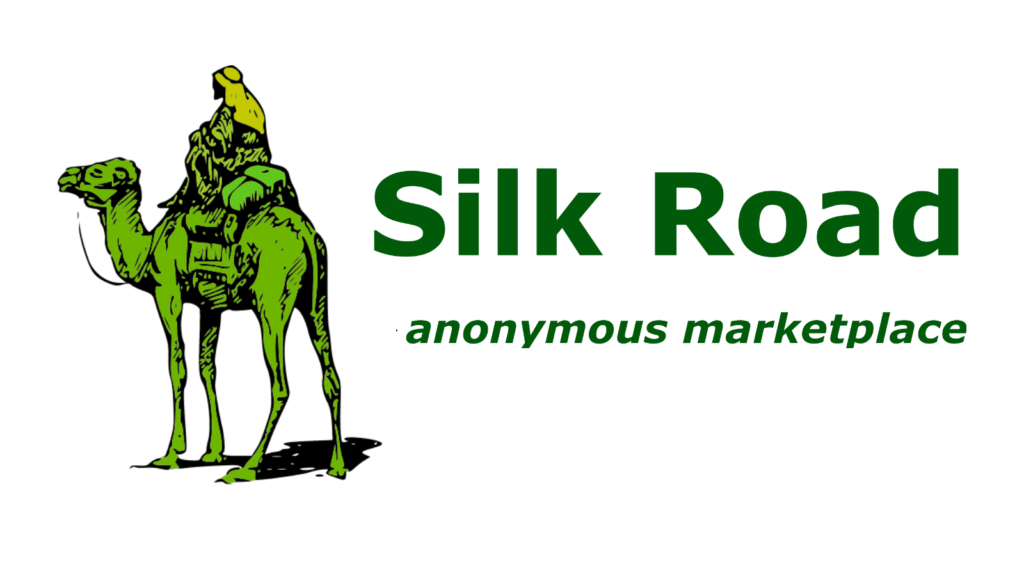Blockchain technology, while pioneering, casts a long shadow over digital finance and cybersecurity. Its promise of decentralization and anonymity, although revolutionary, has been exploited for illicit activities. Through the lens of real-world case studies, this article delves into the complex interplay between blockchain’s potential and its pitfalls.
Case Studies
The Silk Road
- Background: The Silk Road was an infamous dark web marketplace that facilitated the sale of illegal drugs, weapons, and other illicit goods, primarily using Bitcoin for transactions.
- Blockchain’s Role: The anonymity and security provided by Bitcoin allowed the Silk Road to operate in the shadows of the internet, making it difficult for law enforcement to trace transactions back to individuals.
- Outcome: The FBI eventually shut down the Silk Road in 2013, but the case remains a pivotal example of the challenges blockchain poses to traditional policing methods.

Case Study 2: PlusToken Scam
- Background: PlusToken, a cryptocurrency wallet and investment scheme, defrauded investors out of billions of dollars by promising high returns on crypto deposits.
- Blockchain’s Role: The scammers utilized blockchain to receive and move stolen funds, exploiting the technology’s features to obscure the flow of money and evade detection.
- Outcome: Authorities across several countries coordinated to arrest the perpetrators, but recovering the stolen assets proved challenging due to the complexities of tracing transactions on the blockchain.

Case Study 3: Laundering Through Cryptocurrency Exchanges
- Background: Criminal organizations have increasingly turned to cryptocurrency exchanges to launder money, converting illicit cash into digital currencies and then back into clean money.
- Blockchain’s Role: The decentralized and sometimes lightly regulated nature of many exchanges allows for the obfuscation of the origins of funds, complicating efforts to track and seize criminal assets.
- Outcome: Regulatory bodies and law enforcement agencies are ramping up efforts to impose stricter KYC (Know Your Customer) and AML (Anti-Money Laundering) regulations on exchanges, but the battle is ongoing.

The Dark Web and Blockchain: A Shadowy Nexus
- Anonymity and Crime: Blockchain’s feature of providing anonymity has been a boon for dark web transactions. The ability to transact without revealing one’s identity has made it the currency of choice for buying and selling illegal goods and services.
- Money Laundering Reimagined: The decentralized nature of blockchain complicates the tracking of illicit financial flows. Criminals exploit this feature for money laundering, converting ill-gotten gains into cryptocurrency to obscure their origin.
Ethical Dilemmas of Anonymity
- Privacy vs. Accountability: While anonymity can protect privacy and freedom, it also raises questions about accountability. Where should the line be drawn between protecting individual privacy and ensuring societal security?
- The Paradox of Transparency: Blockchain promotes transaction transparency but also enables anonymous dealings. This paradox creates a complex ethical landscape, challenging the traditional norms of financial transparency and privacy.
Challenges to Law Enforcement
- Outpacing Traditional Techniques: The immutable and decentralized nature of blockchain outpaces traditional law enforcement methods. Tracing and addressing illegal activities require new skills and technologies.
- International Cooperation and Regulation: The global nature of blockchain necessitates international cooperation in combating its illicit use. However, regulatory discrepancies between nations pose significant hurdles.
These case studies highlight the dual-edged nature of blockchain technology. While it has the power to revolutionize industries, it also presents significant ethical and legal challenges. The Silk Road, PlusToken scam, and the use of cryptocurrency exchanges for money laundering exemplify the urgent need for advanced regulatory frameworks and international cooperation in combating blockchain-enabled crimes. As we navigate the complexities of digital finance, these case studies serve as crucial lessons in the ongoing effort to balance innovation with integrity and security.









